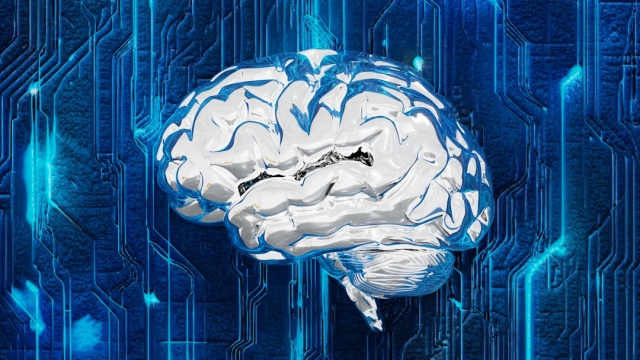
Artificial intelligence (AI) has become an integral component of modern advancements, influencing various domains and industries. At the heart of this evolution lies a critical area of focus known as AI deep research. This field encompasses comprehensive investigations and analyses that delve into the intricate mechanisms of AI technologies. Understanding AI deep research is essential for anyone looking to navigate the complexities of artificial intelligence and its applications effectively.
Overview of AI Deep Research: Definitions and Key Concepts
AI deep research refers to the extensive study and exploration of artificial intelligence systems and methodologies. This research aims to enhance the understanding and capabilities of AI by examining foundational principles, algorithms, and data structures. Key concepts in this field include machine learning, neural networks, natural language processing, and computer vision. Each of these elements plays a pivotal role in how AI systems learn from data, make decisions, and adapt over time.
Moreover, AI deep research not only focuses on developing new technologies but also on improving existing frameworks to ensure they are efficient, ethical, and aligned with societal needs. This dual approach fosters innovation while addressing potential challenges associated with AI deployment.
Methodologies in AI Deep Research: Techniques and Tools
The methodologies employed in AI deep research are diverse and sophisticated, enabling researchers to tackle complex problems. Some of the most common techniques include:
- Machine Learning: This involves training algorithms to recognize patterns in data. Researchers use various learning paradigms, such as supervised learning, unsupervised learning, and reinforcement learning, to develop models that can make predictions or decisions based on input data.
- Neural Networks: Inspired by the human brain, neural networks consist of interconnected nodes that process information in layers. Deep learning, a subset of machine learning, utilizes deep neural networks to analyze vast amounts of data, enabling advancements in areas like image recognition and natural language understanding.
- Natural Language Processing (NLP): This technique focuses on enabling machines to understand and interpret human language. NLP is critical for applications like chatbots, translation services, and sentiment analysis.
- Computer Vision: This field allows machines to interpret and process visual information from the world, making it possible to develop applications in facial recognition, autonomous vehicles, and medical imaging.
In addition to these techniques, AI deep research often utilizes advanced tools and platforms, such as TensorFlow, PyTorch, and various data management systems. These resources empower researchers to build, train, and deploy AI models efficiently, facilitating the iterative process of experimentation and optimization.
Applications of AI Deep Research Across Various Industries
The impact of AI deep research is profound and wide-reaching, with applications spanning numerous industries. Here are a few notable examples:
Healthcare
In the healthcare sector, AI deep research is revolutionizing diagnostics and patient care. For instance, deep learning algorithms can analyze medical images to detect diseases such as cancer at an early stage. Additionally, AI systems are being developed to assist in personalized medicine, where treatment plans are tailored to individual patients based on genetic and lifestyle data.
Finance
The financial industry leverages AI deep research to enhance fraud detection and risk management. Machine learning models analyze transaction patterns to identify anomalies that may indicate fraudulent activity. Furthermore, AI-driven predictive analytics help financial institutions make informed decisions regarding investments and lending practices.
Education
In education, AI deep research aids in creating personalized learning experiences. Adaptive learning platforms utilize AI to assess student performance and adjust curricula accordingly, ensuring that each learner receives the support they need. This approach not only fosters engagement but also improves educational outcomes.
Conclusion
The future of AI deep research holds immense potential, with ongoing advancements promising to shape the way we interact with technology. As researchers continue to explore new methodologies and applications, it is crucial for individuals and organizations to remain informed about these developments. Understanding the implications of AI deep research can empower stakeholders to harness its capabilities responsibly and effectively. For more insights into AI deep research and its applications across various fields, you can explore additional resources available online.

